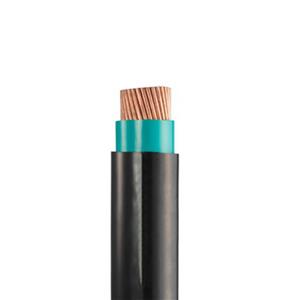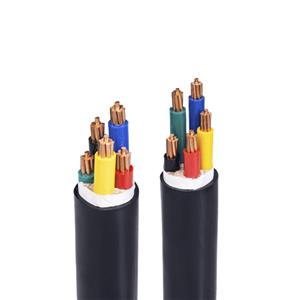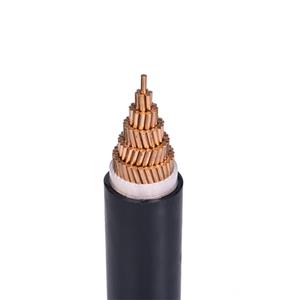How to prevent shielded cable damage?
Shielded cable refers to a transmission line that uses a metal mesh braided layer to wrap the signal line. The braided layer is generally made of red copper or tinned copper. The wire and cable industry is China's second largest industry after the automotive industry, with product variety satisfaction and domestic market share exceeding 90%. Globally, China's total wire and cable output value has exceeded that of the United States, making it the world's largest wire and cable producer. With the rapid development of China's wire and cable industry, the number of new companies has continued to rise, and the overall technical level of the industry has been greatly improved.
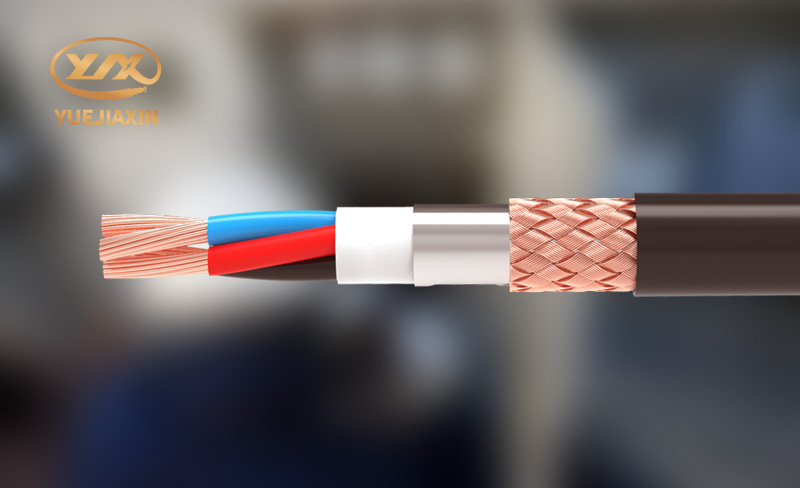
The shielding layer of the cable is added to ensure the transmission performance of the system in an environment with electromagnetic interference. The anti-interference here should include two aspects, namely the ability to resist external electromagnetic interference and the ability of the system itself to radiate electromagnetic interference. In theory, a metal shielding layer wrapped on the surface of the cable and connector can effectively filter out unnecessary electromagnetic waves (this is also the method adopted by most shielding systems). However, how effective is this method? For a shielding system, it is not enough to have a metal shielding layer alone. More importantly, the shielding layer must be completely and well grounded so that the interference current can be effectively introduced into the earth. However, in actual construction, there are some difficulties in the shielding system that cannot be ignored: due to the strict requirements of the shielding system on grounding, it is very easy to cause poor grounding, such as excessive grounding resistance, uneven grounding potential, etc., so that a potential difference will be generated between two points in the transmission system, and then a current will be generated on the metal shielding layer, causing the shielding layer to be discontinuous and destroying its integrity.
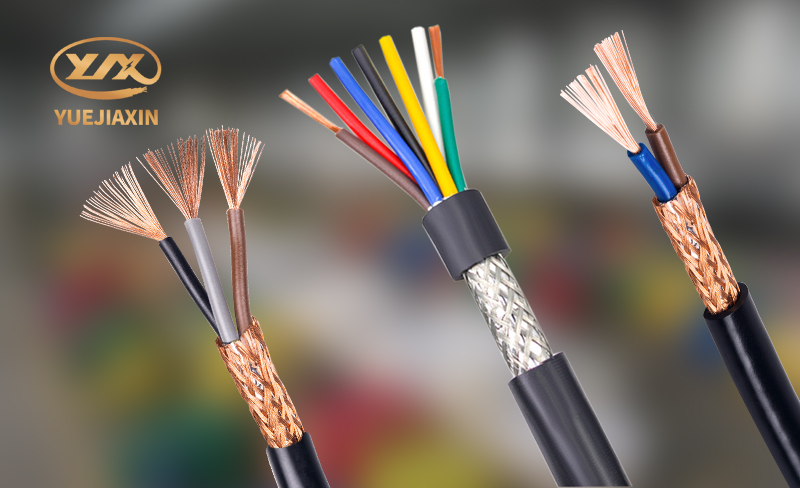
At this time, the shielding layer itself has become the biggest interference source, resulting in its performance being far inferior to that of the unshielded system. When the shielded line is transmitting at high frequencies, both ends need to be grounded, which makes it more likely to produce a potential difference on the shielding layer. It can be seen that the requirements of the shielding system itself are precisely the biggest obstacle to ensuring its performance. A complete shielding system requires shielding everywhere. Once any point of the shielding fails to meet the requirements, it will inevitably affect the overall transmission performance of the system.
- PVC-Insulated Cable
- 450/750V BV Single- Core Cu/PVC Cable
- 450/750V BVR Single- Core Cu/PVC Cable
- 300/500V Or 450/750V RV Single-Core Cu/PVC Flexible Cable
- 300/500V Or 450/750V RVV Multi-Core Cu/PVC/PVC Flexible Black Cable
- 300/500V Or 450/750V RVV Multi-Core Cu/PVC/PVC Flexible White Cable
- 300/500V Or 450/750V RVVP Multi-Core Cu/PVC/CWS/PVC Screened Flexible Cable
- 450/750V KVV Multi-Core Cu/PVC/PVC Control Cable
- 450/750V KVV22 Multi-Core Cu/PVC/STA/PVC Armoured Control Cable
- 450/750V KVVP Multi-Core Cu/PVC/CWS/PVC Screened Control Cable
- 450/750V KVVP2-22 Multi-Core Cu/PVC/CTS/STA/PVC Screened Armoured Control Cable
- 0.6/1KV PVC-Insulated PVC-sheathed Single-Core Power Cable
- 0.6/1KV PVC-Insulated PVC-sheathed Multi-Core Power Cable

